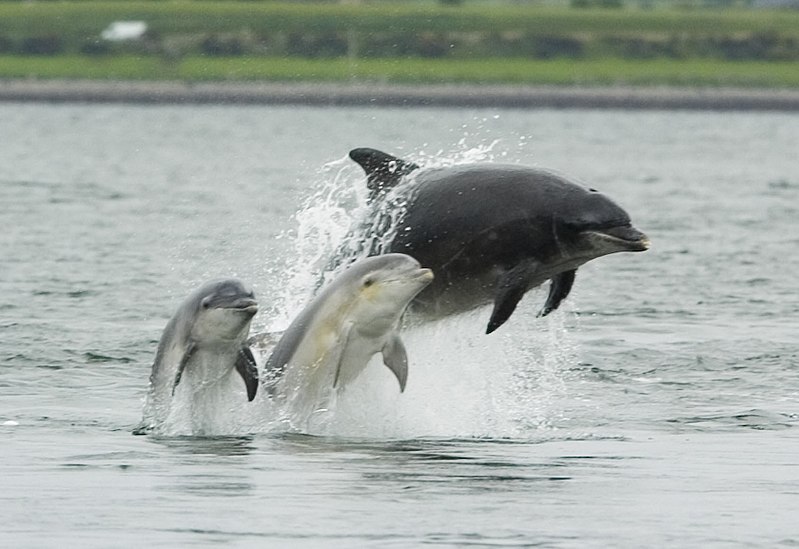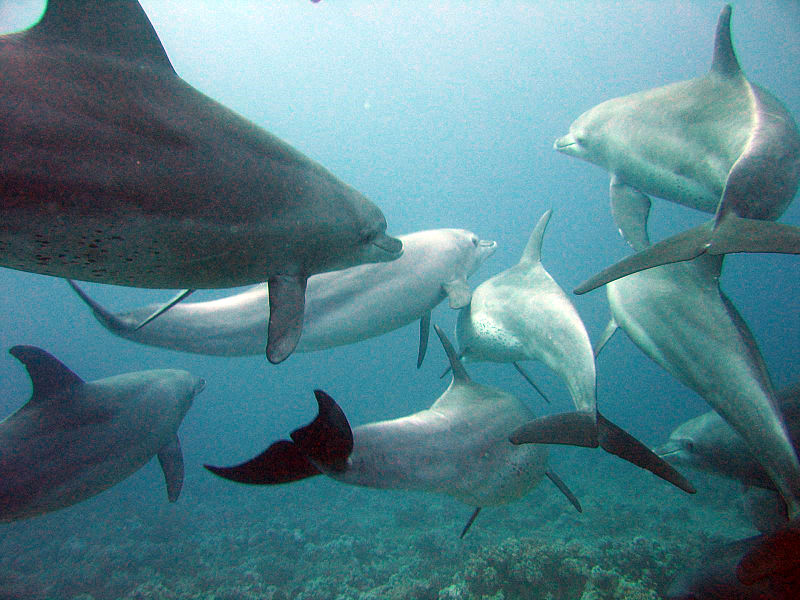Arctic polar bears may be adjusting their eating habits as their sea ice habitat melts and the furry white predators stand to lose the floating platform they depend on to hunt seals, their primary food. According to researchers, however, the bears are displaying flexible eating habits as their world changes around them.
Indeed, scientific studies indicate polar bear populations are falling as the sea ice disappears earlier each spring and forms later in the fall. But a series of papers based on analysis of polar bear poop released over the past several months indicate that at least some of the bears are finding food to eat when they come ashore, ranging from bird eggs and caribou to grass seeds and berries.
"What our results suggest is that polar bears have flexible foraging strategies," Linda Gormezano, a biologist at the American Museum of Natural History in New York and a co-author of several of the papers, told NBC News.

Robert Rockwell / American Museum of Natural History
Quinoa,
a Dutch shepherd who was trained to sniff out polar bear scat, sits
next to find. Analysis of the polar bear scat reveals the animals have a
flexible foraging strategy.
The flexible foraging strategy of polar bears "means that there may be more to this picture in terms of how polar bears will adjust to changing ice conditions" than indicated by models based on the spring breakup date of the sea ice and thus their access to seals, Gormezano said.
She added that nobody knows for sure how well polar bears will adapt to the changing food supply, but a big step toward an answer is to study what they eat on land "rather than assume that they may just be fasting."
Let them eat car parts
In addition to berries, birds and eggs, Andrew Derocher, a University of Alberta polar bear biologist who was not involved with the recent studies, said people have seen a polar bear drink hydraulic fluid as it was drained out of a forklift, chomp the seats of snow machines, and eat lead acid batteries.
"Polar bears will eat anything," he told NBC News. "The question is: Does is it do them any good? And everything we can see from what bears eat when they are on land is it has a very, very minimal energetic return relative to the cost."
Gormezano said the plants found in any given pile of poop were usually the same, suggesting the bears eat whatever they find in their immediate surroundings — they don't spend a lot energy searching for food. Mothers and cubs, who wander farthest inland, feast on berries found there. On the coast, where adult males linger, the poop is predominantly shoreline grass seeds.
Animal remains, however, showed no pattern, which fits with a landscape rich with nesting birds and caribou and polar bears opportunistically eating whatever crosses their path, according to a paper Gormenzano and colleague Robert Rockwell published in BMC Ecology in December 2013.
In a paper published in Polar Biology in May 2013, the researchers report observations of polar bears chasing and capturing snow geese with the efficiency of a skilled hunter — snagging one right after the other.

Robert Rockwell / American Museum of Natural History
A
polar bear eats a caribou on land. Recent studies suggest polar bears
have a flexible foraging strategy, which help them survive as they come
ashore earlier due to melting Arctic sea ice.
Read More Here



























